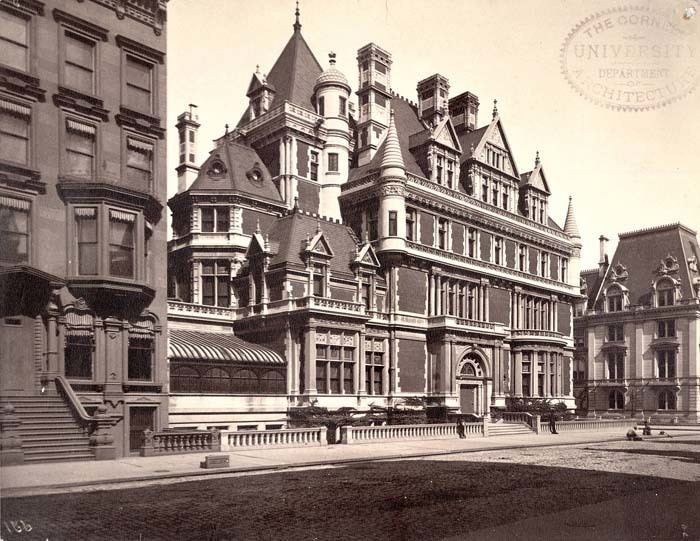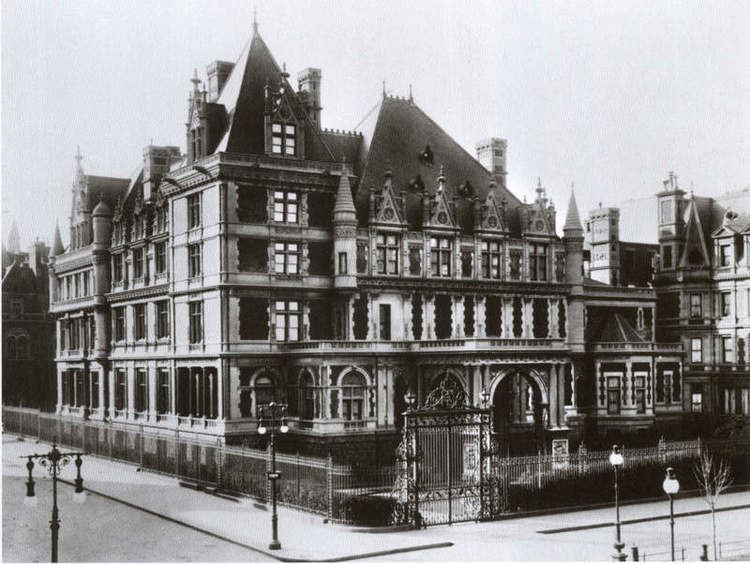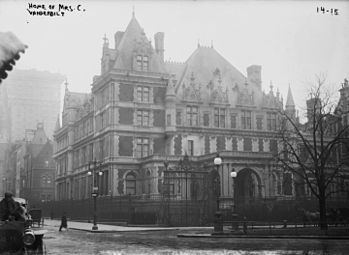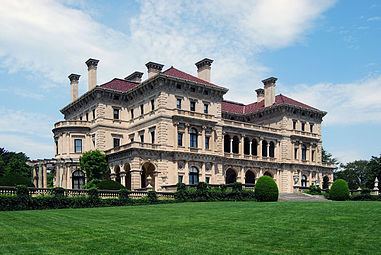 | ||
Similar | ||
From the late 1870s to the 1920s, the Vanderbilt family employed some of the United States's best Beaux-Arts architects and decorators to build an unequalled string of New York townhouses and East Coast palaces in the United States. Many of the Vanderbilt houses are now National Historic Landmarks. Some photographs of Vanderbilt's residences in New York are included in the Photographic series of American Architecture by Albert Levy (1870s).

The list of architects employed by the Vanderbilts is a "who's who" of the New York-based firms that embodied the syncretic (often dismissed as "eclectic") styles of the American Renaissance: Richard Morris Hunt; George B. Post; McKim, Mead, and White; Charles B. Atwood; Carrère and Hastings; Warren and Wetmore; Horace Trumbauer; John Russell Pope and Addison Mizner were all employed by the descendants of Cornelius Vanderbilt, who built only very modestly himself.
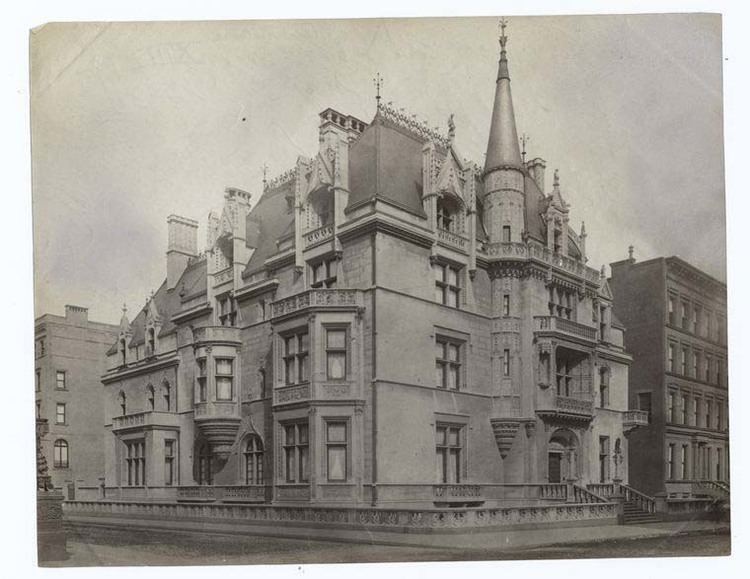
Houses
